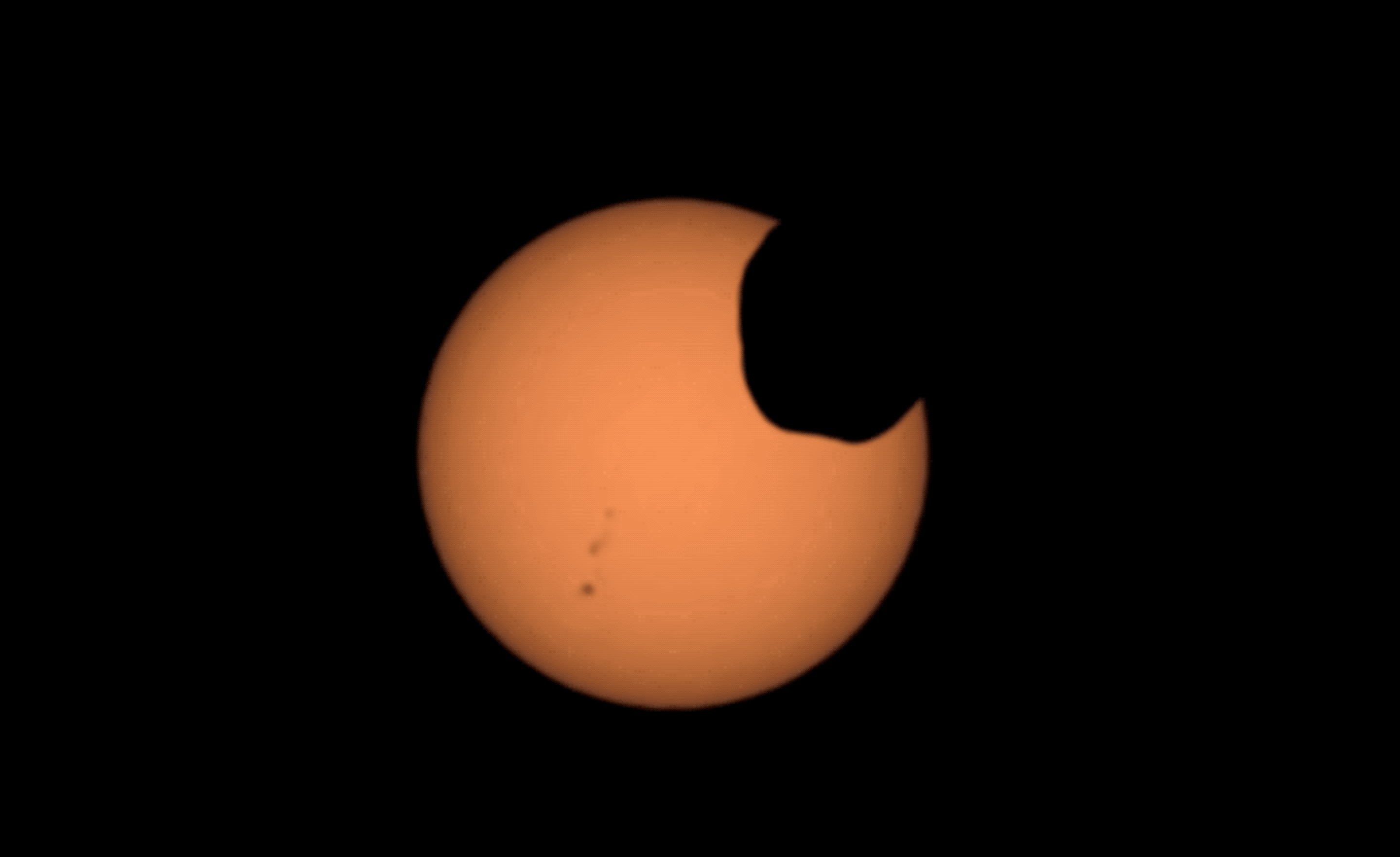When you buy through links on our situation , we may realize an affiliate commission . Here ’s how it works .
There ’s a point in space that ’s 50,000 time as burnished as our Lord’s Day — the signature of a massive ace . Scientists already knew about it and name it PDS 27 . But it turns out , the dot of weak scientists were call PDS 27 is really two stars orbiting very near to one another .
The two elephantine stars are very young and very closely together , separated by just 2.8 billion miles ( 4.5 billion klick ) , or 30 times the length between Earth and the Lord’s Day . That finding , release Monday ( March 11 ) in the journalAstronomy & Astrophysics , volunteer clues about the elbow room in which monumental binaries like this form in the first place . [ 15 Amazing Images of Stars ]

The bright point of light in the center of the image is actually two stars, shown in the magnified image on the upper right. “AU” means “astronomical unit,” referring to the distance between Earth and the sun.
" We ’re not claim that we found the closest - orb monolithic binary stars , " suppose subject area lead author Evgenia Koumpia , an astronomer at the University of Leeds in England . But it is very exciting that the two stars were rule tight together relatively early in their stellar life , she narrate Live Science .
powerful now , scientists eff that massive stars like this ( wiz at least eight times the size of Earth ’s Dominicus , up to manythousands ofstellar plenty ) often turn out to be binaries . But research worker do n’t know why that is , in large part because they do n’t live how or why massive binariesusually variety , Koumpia say .
One hypothesis holds that the starsform separatelyand then get tug together by their combined sombreness . Another idea harbor that the dual stars form after aged , gargantuan star go supernova and the supernova remnants split into two clumps . But both of those explanations prognosticate that the stars would orb far away from each other this early in their short liveliness .

Another idea , though , says that both asterisk form out of the same cloud of swirlingdust , after it " cracks " into two independent clumps . That explanation presage that youthful , monumental binary program would remain tight together . And these two star are spaced at least as closely as the Lord’s Day and Neptune , an predilection that seems to support that explanation .
However , this single determination does n’t confirm any one idea or once and for all disprove any others , Koumpia say . Instead , it should be regard a mite pointing softly in one way , she said .
There ’s still a lot scientists do n’t yet know about PDS 27 — like how much of the arrangement ’s total volume is in one sensation versus the other . The virtuoso are so airless to each other , and so far off from Earth ( about 8,000 light - years ) , that existing images barely reveal that they ’re decided stars .

to begin with published onLive skill .















